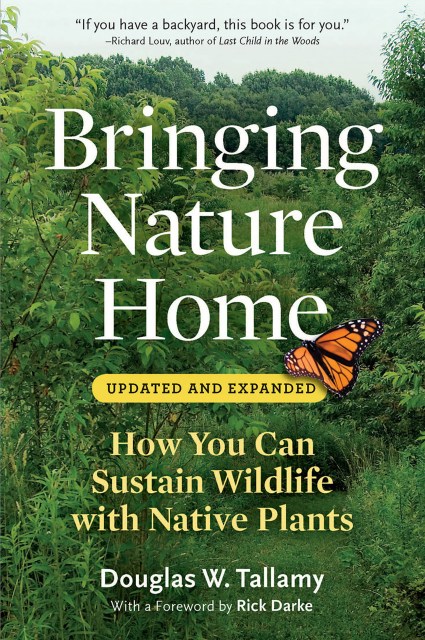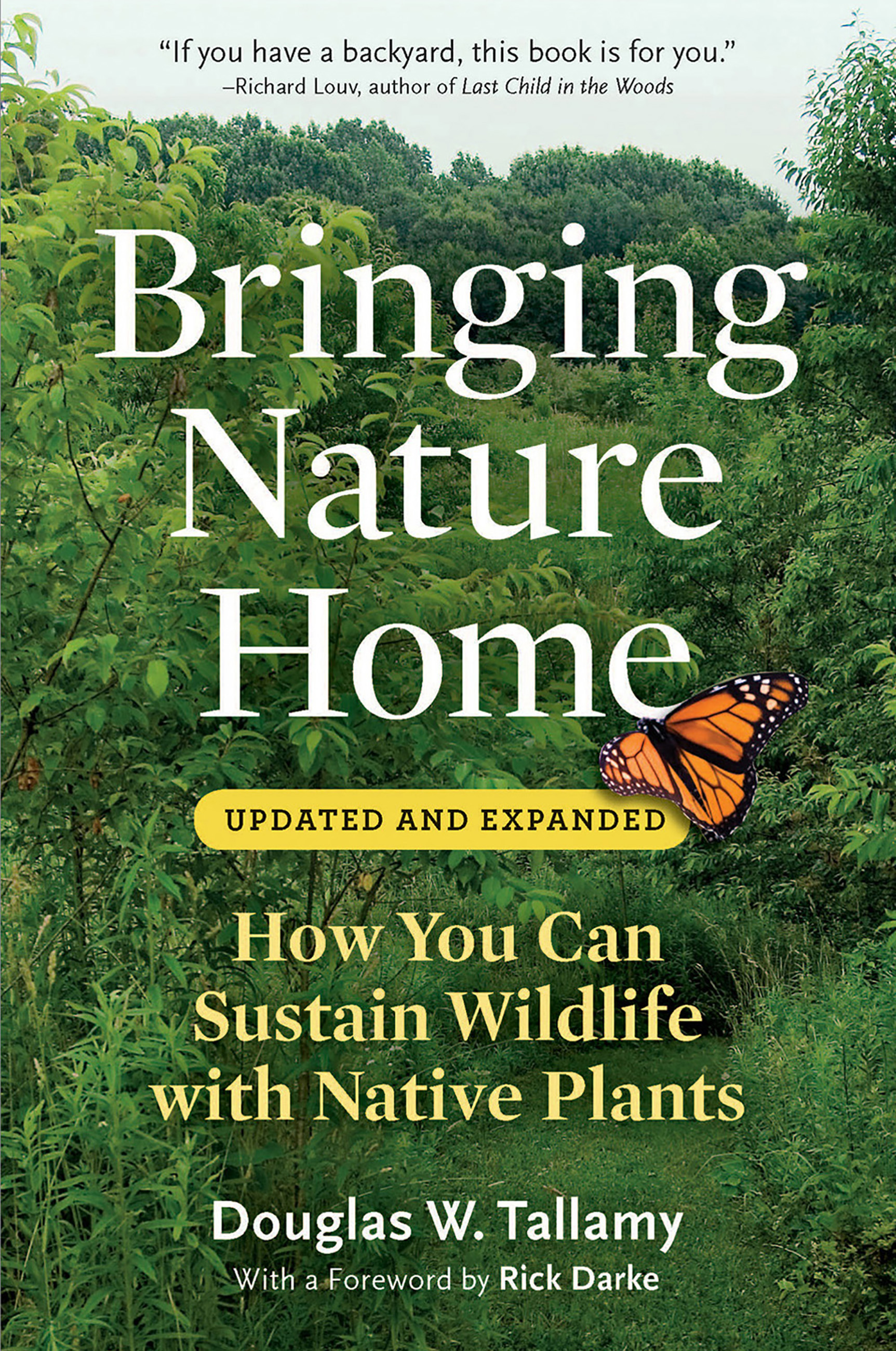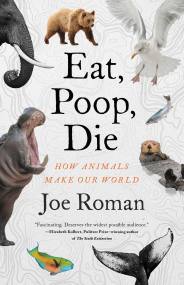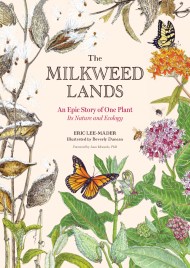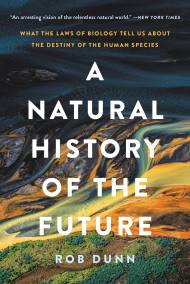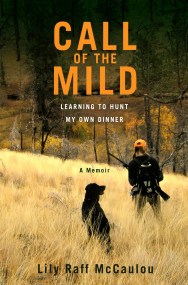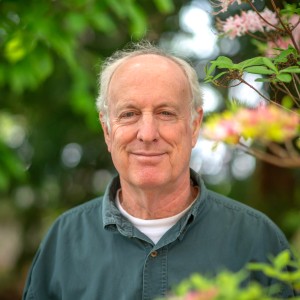Promotion
Use code MOM24 for 20% off site wide + free shipping over $45
Bringing Nature Home
How You Can Sustain Wildlife with Native Plants, Updated and Expanded
Contributors
Contributions by Rick Darke
Formats and Prices
Price
$13.99Price
$17.99 CADFormat
Format:
- ebook (Revised) $13.99 $17.99 CAD
- Trade Paperback (Revised) $19.99 $24.99 CAD
This item is a preorder. Your payment method will be charged immediately, and the product is expected to ship on or around September 1, 2009. This date is subject to change due to shipping delays beyond our control.
Also available from:
As development and habitat destruction accelerate, there are increasing pressures on wildlife populations. In Bringing Nature Home, Douglas W. Tallamy reveals the unbreakable link between native plant species and native wildlife—native insects cannot, or will not, eat alien plants. When native plants disappear, the insects disappear, impoverishing the food source for birds and other animals.
But there is an important and simple step we can all take to help reverse this alarming trend: everyone with access to a patch of earth can make a significant contribution toward sustaining biodiversity by simply choosing native plants. By acting on Douglas Tallamy's practical and achievable recommendations, we can all make a difference.
Genre:
-
“A fascinating study of the trees, shrubs, and vines that feed the insects, birds, and other animals in the suburban garden.” —The New York Times
“Provides the rationale behind the use of native plants, a concept that has rapidly been gaining momentum. . . . The text makes a case for native plants and animals in a compelling and complete fashion.” —The Washington Post
“This is the ‘it’ book in certain gardening circles. It’s really struck a nerve.” —Philadelphia Inquirer
“Reading this book will give you a new appreciation of the natural world—and how much wild creatures need gardens that mimic the disappearing wild.” —The Minneapolis Star Tribune
“A compelling argument for the use of native plants in gardens and landscapes.” —Landscape Architecture
“An essential guide for anyone interested in increasing biodiversity in the garden.” —American Gardener
“I want to mention how excited I am about reading Bringing Nature Home. . . . I like the writing—enthusiastic and down-to-earth, as it should be.” —Garden Rant
“An informative and engaging account of the ecological interactions between plants and wildlife, this fascinating handbook explains why exotic plants can hinder and confuse native creatures, from birds and bees to larger fauna.” —Seattle Post-Intelligencer
“Tallamy explains eloquently how native plant species depend on native wildlife.” —San Luis Obispo Tribune
“Will persuade all of us to take a look at what is in our own yards with an eye to how we, too, can make a difference. It has already changed me.” —Traverse City Record-Eagle
“Delivers an important message for all gardeners: Choosing native plants fortifies birds and other wildlife and protects them from extinction.” —WildBird Magazine
“There’s an increasing interest among homeowners and others to include more native species in their landscape, thanks to books like Bringing Nature Home, by Doug Tallamy, which extol the virtues of native plants over exotic ornamentals for attracting and sustaining beneficial insects.” —Andover Townsman
“Doug Tallamy weaves an interesting story of how exotic invasive plants affect birds and other components of a healthy forests. It’s a compelling and important story to understand.” —The Bradford Era
- On Sale
- Sep 1, 2009
- Page Count
- 360 pages
- Publisher
- Timber Press
- ISBN-13
- 9781604691467
Newsletter Signup
By clicking ‘Sign Up,’ I acknowledge that I have read and agree to Hachette Book Group’s Privacy Policy and Terms of Use
